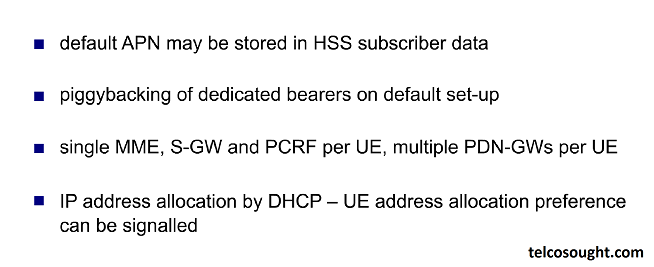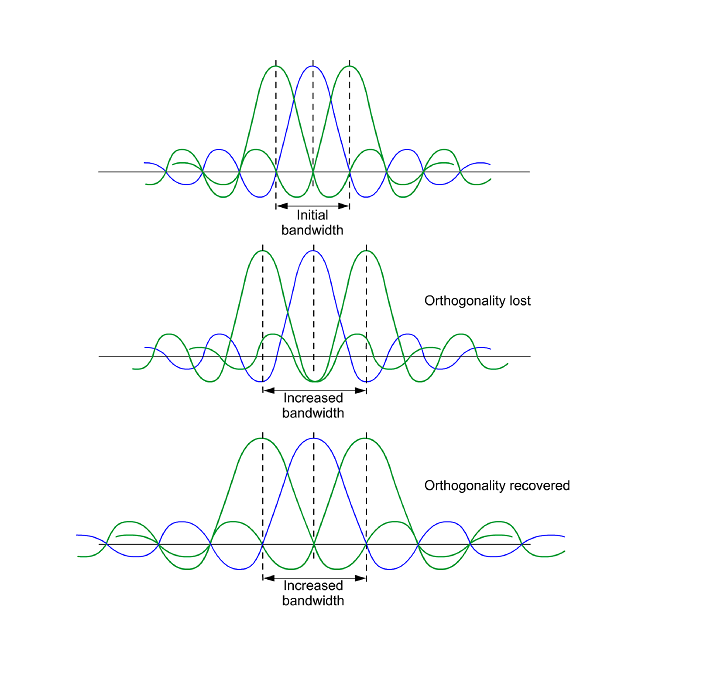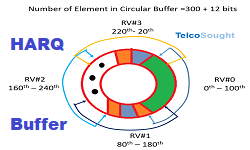Introduction of LTE
In this topic, we learn the Introduction of LTE. The Long Term Evolution represents the next development step for the 3GPP (3rd Generation Partnership Project) standards group. It provides for a continually changing path from 2G GSM/GPRS, beyond 3G UMTS/HSPA, and finally towards a 4G solution.
UMTS ( Universal Mobile Telecommunications System)
UMTS has continued to build on the success of GSM (Global System for Mobile Communications). And track movement is gathering behind its significantly increased capability with the introduction of HSPA (High-Speed Packet Access). In this classic fixed and mobile telecommunications business models are going through enormous change and move towards all-IP switching and a total-communications service profile. Meanwhile, the last decade has seen the Internet develop into a serious business tool and fixed broadband access is fast becoming a basic commodity.
This market landscape is ready for a technology that combines broadband capabilities with an efficient scalable switching infrastructure and a flexible service delivery mechanism. LTE provides just such a solution and is designed to address growing global demand for anywhere, anytime broadband access while maintaining the efficient provision of traditional telecommunications services and maximizing consistency and collaboration with other communication systems.
Although LTE most obviously represents an evolutionary path for UMTS networks. It has also been designed to allow cost-effective upgrade paths from other technology starting points. For example, GSM operators can now access 3G-like performance through EDGE (Enhanced Data rates for Global Evolution). And Evolution, and this, in turn, can be used as a direct pathway to LTE. Similarly, the interworking performance of the EPC (Evolved Packet Core). That makes it possible for CDMA (Code Division Multiple Access) to migrate radio access from 1x or 1xEV-DO (1x Evolution – Data Only) to LTE.
Evolution outside LTE has been mapped out by 3GPP with the specification of LTE-Advanced. Which is offers the possibility of downlink data rates (to stationary or low mobility users) of 1 Gbit/s or more.
Learn more On This Topic:-
- Broadband Access with LTE.
- Architecture Terminology.
- Development and Design Goals.
- LTE Standards Development.
- Key Technologies.
- Access Networks and the eNB (E-UTRAN Node B).
- LTE X2 Interface.
- The EPC (Evolved Packet Core)
- LTE S1 Interface.
- Evolved Packet Core ‘S’ Interfaces
- E-UTRA Protocols.




